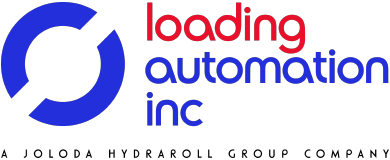Did you know that 25% of factory and warehouse accidents happen in or around the loading bay? It’s a worrying statistic that demonstrates a huge under-appreciation of the risks involved in the movement of goods ready for transport or storage. It’s clear it’s having a significant impact on the industry as a whole despite a focus on the prevention of injuries.
Loading bays are thriving hubs of activity during operational hours, with goods packaged ready for loading being moved by forklift trucks (commonly referred to as FLT) to a variety of transport vehicles, from HGVs and articulated lorries through to trailers and vans. The loading approach can change from load to load, with the method of packing, the type of vehicle, and the loading space all creating their risks and hazards.
According to Great Britain’s Health & Safety Executive (HSE), being struck by a moving vehicle is the main cause of transport-related incidents with around 37% being attributed to this in 2020/21. The economic cost of workplace injury in the transportation and storage sector is estimated at over £800m; this accounts for 5% of the total cost across all industries. There is also the cost of remedying any damage caused to vehicles, equipment, and premises from incidents and accidents, which can quickly add up.
We’ve put together 3 top-loading dock safety tips to help your business provide a safe working environment for all staff and stakeholders.
Book a FREE Loading Assessment
Learn how to make the loading process safer and more efficient with a no-obligation assessment...
BOOK NOW





